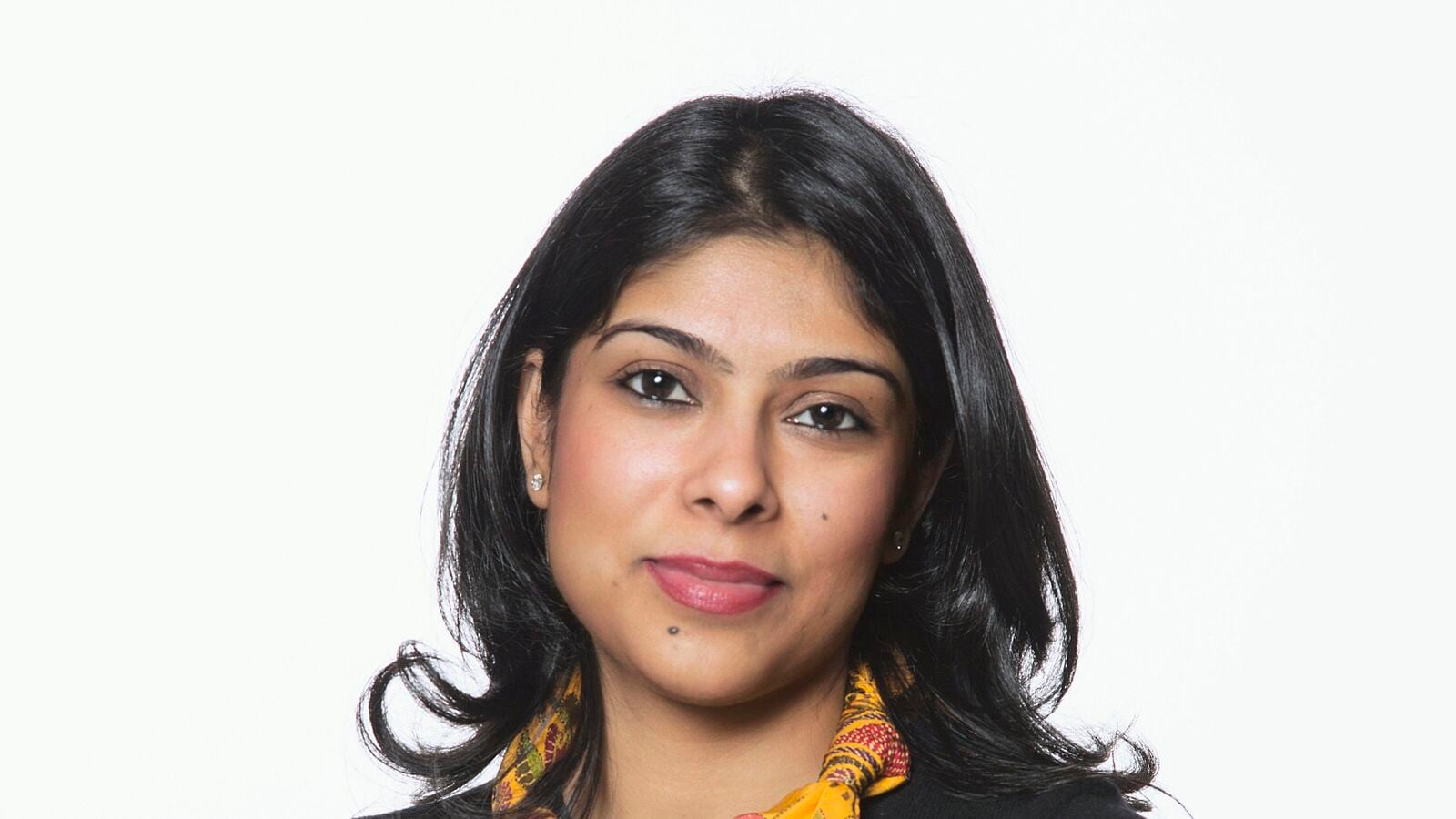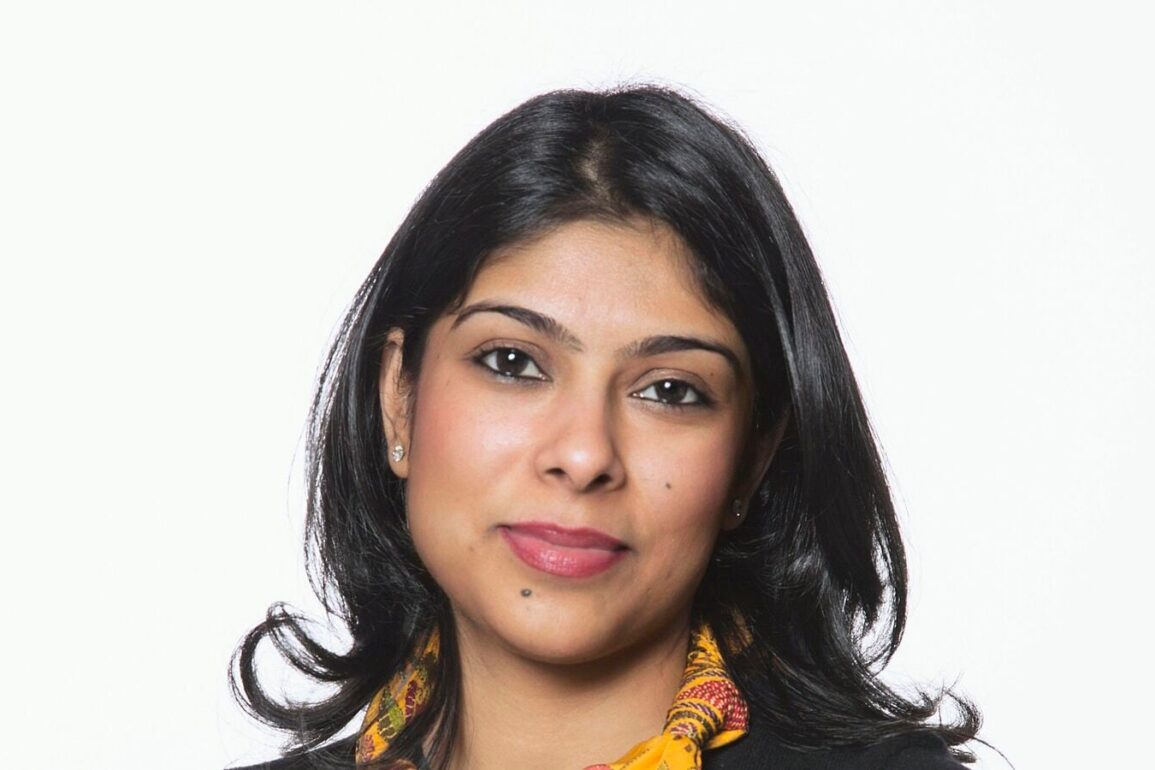
British-founded Sotheby’s, the world’s oldest auction house, emerged as a top performer in the Indian art market in 2024, more than doubling its sales to ₹304 crore or $35.1 million by auctioning artworks from the portfolio of contemporary south Asian art.
Representatives of the gallery said that growth is promising, with paintings of Raza, Gaitonde and Tyeb Mehta setting new benchmarks as risk-taking younger collectors, both from India and abroad, drive demand. The gallery, in its autumn 2024 sale, made ₹127.57 crore ($14.69 million).
Also Read | ASK Property Fund, India Sotheby’s to launch first luxury real estate fund
In an exclusive conversation with Mint, New York-based Manjari Sihare-Sutin, vice-president and co-worldwide head of modern and contemporary South Asian Art at Sotheby’s, said there is a strong evolution of India’s art market as domestic collectors are getting younger, with more HNIs and millennials investing in art.
In 2024, the auction house sold Raza’s Terra Amata (1984) for $3.4 million and Maqbool Fida Husain’s untitled work (Reincarnation) (1957) for $3.2 million in London. In 2023, Husain’s Bulls (1961) sold for $2.8 million in New York.
“The rise of online auctions, NFTs, and blockchain-based provenance tracking has also made the market more accessible to new collectors,” she added.
Also Read | The art market is tanking. Sotheby’s has even bigger problems.
Provenance in the art world refers to the history of ownership of a work of art that can prove its authenticity.
Sihare-Sutin said the Indian and South Asian art market has shown remarkable resilience as compared to other markets, with a 93% sell-through rate over the last two years at their house (8% more than its global average last year). Since rebounding from the 2009 financial crisis, it has broken records for modernist pioneers such as Gaitonde, Mehta, and Raza as well.
The Progressive Artists’ Group (PAG), formed in 1947 after India’s Partition, brought together modern geniuses like Husain and Gaitonde, whose works captured India’s changing social landscape after Independence and have been dominating the Indian art market for several years.
However, a key trend that she’s noticing is that buyers are no longer focused solely on progressives and masters, especially after the pandemic.
Also Read | Abu Dhabi’s ADQ to acquire minority stake in Sotheby’s
This year, the auction house is working on a different range of artists, with top lots including a Jagdish Swaminathan mural and Bhupen Khakhar and Jehangir Sabavala’s lesser-known and limited works, shifting beyond the traditional blue-chip names.
“This is a positive shift because Indian art is not just about 15-20 well-known artists from the past century. More young collectors, both globally and in India, are now open to taking risks with Indian art. They want a stronger emotional connection with the pieces they buy, rather than viewing art only as an investment. Provenance has also become an important factor,” Sihare-Sutin said.
“When we look at the auctions that are happening around the world, it’s clear the quality of the Indian art market is now very robust and is now also expanding to non-progressive artists as well. These artists are getting a lot of traction now and were artists who made a big contribution to art but not always recognised enough,” she said.
“Today, the artworks of Khakhar—for instance—that we are auctioning, come from his own estate made from a show in 2000 displayed at the Tate Modern art gallery in London.”
Sihare-Sutin added that that it is estimated that in the autumn season of 2024, India’s art market clocked sales worth about ₹489.39 crore ($56.37 million).
Museums acquiring Indian art
The high-end segment of art acquisitions is expanding too, with increasing institutional interest. Museums like The Metropolitan Museum of Art in New York are acquiring and exhibiting Indian works, driven by the growing Indian diaspora.
“Indian art is no longer just a niche category. We are also noticing that museums around the world are also interested in buying Indian art. The demand from international collectors and institutions reflects its rising stature. A lot of museums in the US have realised there is an increasingly large Indian diaspora which they’d like to cater to as well, and focus on more diverse art,” Sihare-Sutin said.
Interestingly, she said that even art fairs like the recently-concluded India Art Fair in Delhi in February are also a testament to the fact that the popularity of art is growing beyond just a small segment of collectors, with many students and a larger group of people attending the four-day event.
Sihare-Sutin expects continued demand for modernist masters but also a growing focus on new mediums, including sculpture and academic realism. “We are seeing more private museums and corporate collectors emerging, as well as increased global recognition for Bangladeshi artists,” she added. Western artists documenting India are also gaining traction, signalling a broader appreciation of South Asian narratives in contemporary art.
Things are no different for other auction houses either. Competitor Christie’s sold FN Souza’s ‘The Lovers’, for $4.89 million ( ₹40 crore-plus, including buyer’s premium), in March 2024, setting a new record for the artist. While both auction houses saw a slowdown across their portfolios of global art, Indian art for both prospered. In 2023, Indian artworks, including paintings and sculptures, worth $183 million were sold. In 2024, South Asian Modern and Contemporary art at Christie’s clocked ₹252 crore or $29.1 million across.
India’s market in the global context
While smaller than China’s or the Middle East’s, India’s art market remains one of the strongest among emerging economies, she said, bolstered by a strong cultural heritage.
A report by Art Basel and UBS highlighted that India’s billionaire wealth grew by 41% in 2024 to $954 billion, with 31 new billionaires added. As disposable incomes rise, international galleries are targeting Indian collectors—not just for Indian art but for global blue-chip artists as well.
“Despite Western art markets experiencing a slowdown, South Asian art remains relatively affordable and accessible, attracting new international buyers. There is untapped potential here. With the right incentives and tax breaks, the country’s art market could expand even further,” Sihare-Sutin said.
This post was originally published on this site be sure to check out more of their content






